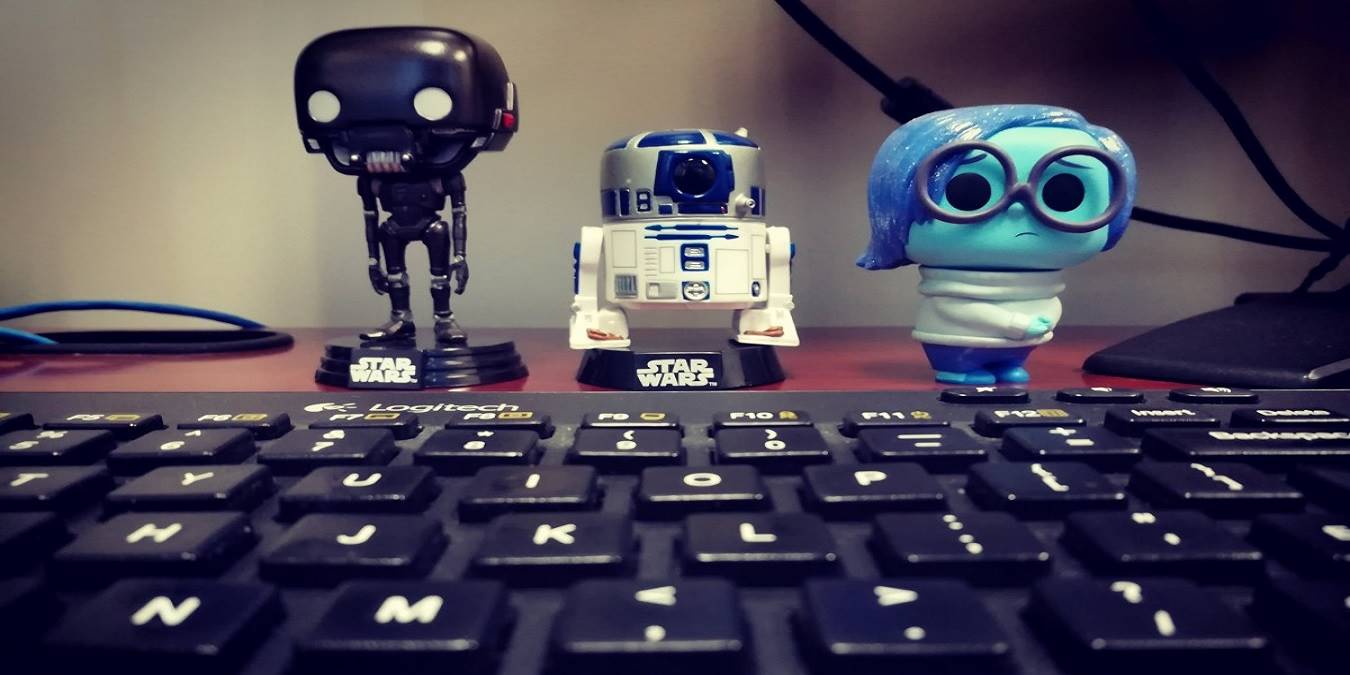
While industrial and humanoid robots have been around since the sixties, the onset of IoT has accelerated their pace of development. Today’s robots are far superior to their predecessors in terms of processing power, self-learning skills and, above all, connectivity with other objects.
As the scientific field of robotics integrates with next-generation communication technologies, the resulting paradigm will form a separate field of study into itself.
Therefore, the “Internet of Robotic Things” (IoRT) can be defined as an emerging scientific discipline that simply adds a layer of robotic systems to existing smart IoT devices and sensors. This has been visualized in the schematic shown below.
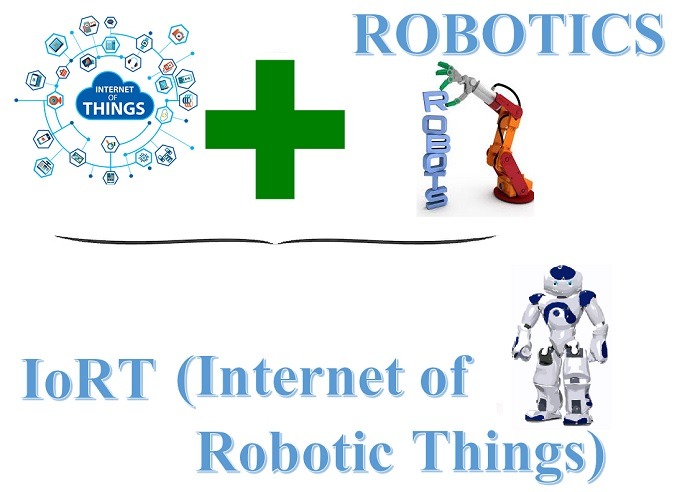
The Concept of IoRT
The Internet of Robotic Things (IoRT) is a fairly new idea. The concept’s earliest detailed analysis is found in a 2016 IEEE research paper by Partha Pratim Ray. It is worth reading the entire paperm as it covers some of the core principles that any IoRT architecture should follow, which are:
- Composable: any IoRT architecture should be compliant to support web services. Therefore, all complex applications and designs should be easily published on the Web.
- Context-awareness: since we are dealing with robots, the IoRT architecture should have knowledge about the context of surroundings.
- IoRT architecture should be extensible, interoperable, dynamic and self-adaptive.
As IoT is the biggest enabler of IoRT systems, any action of a robot has to be understood in terms of how IoT objects will serve them.
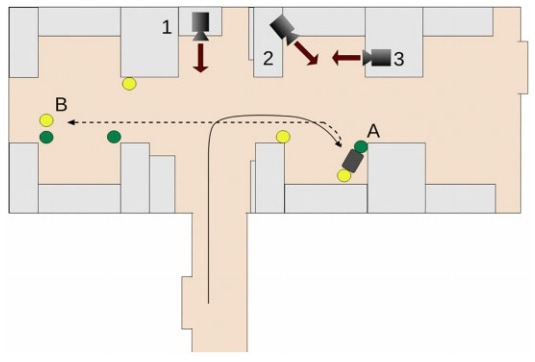
For example, in the above diagram, a bunch of wall cameras (IoT objects) are helping a robot select a charging station. So, when you give it a command to charge your speaker or smartphone, the robot uses visuals fed from a connected camera to locate the charging outlet.
Thus, in this case, IoT devices and Wi-Fi connectivity are helping a robot make better decisions than it can on its own.
Applications of IoRT
According to research estimates, IoRT is growing at a steady rate with a business potential of $21 billion by 2022. The main demand is being fueled by industrial IoT systems and smart parking, autonomous vehicles and other forms of smart transit.
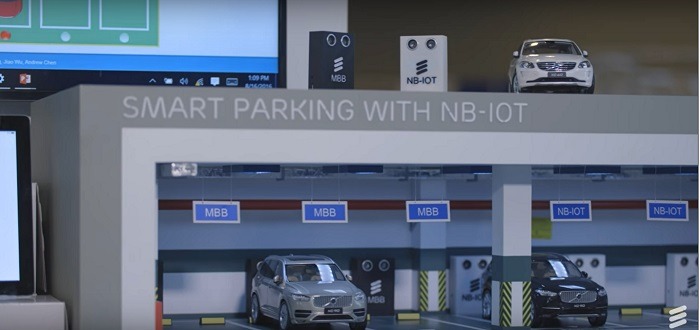
However, domestic consumers aren’t going to be far behind. Humanoid robots will form the next level of virtual assistants and will possibly replace smart speakers in the future.
While it is difficult to predict how long it will take to find robots online who are equipped with smart device skills, there are alternatives available. This robot car kit is compatible with Arduino boards and can run on Wi-Fi and Bluetooth.
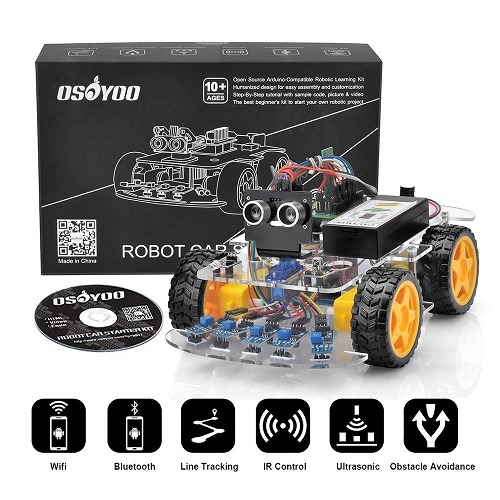
Conclusion
Internet-enabled robots represent the next frontier of IoT technologies and will become very popular in the near future. Thus, the Internet of Robotic Things (IoRT) is becoming an important discipline in the natural course of IoT development.
Additionally, with this new term it is worth noting that many familiar concepts are having their own IoT spin. For example, there is an Internet of Battlefield Things. And, even an Internet of Prisons. Clearly, this goes to show how IoT will be a defining trend in the years to come and sweep everything in its path.
Do you have your own take on the next concept that will be redefined in IoT terms? Let your imagination flow and give us your ideas in the comments.
Get the best of IoT Tech Trends delivered right to your inbox!








